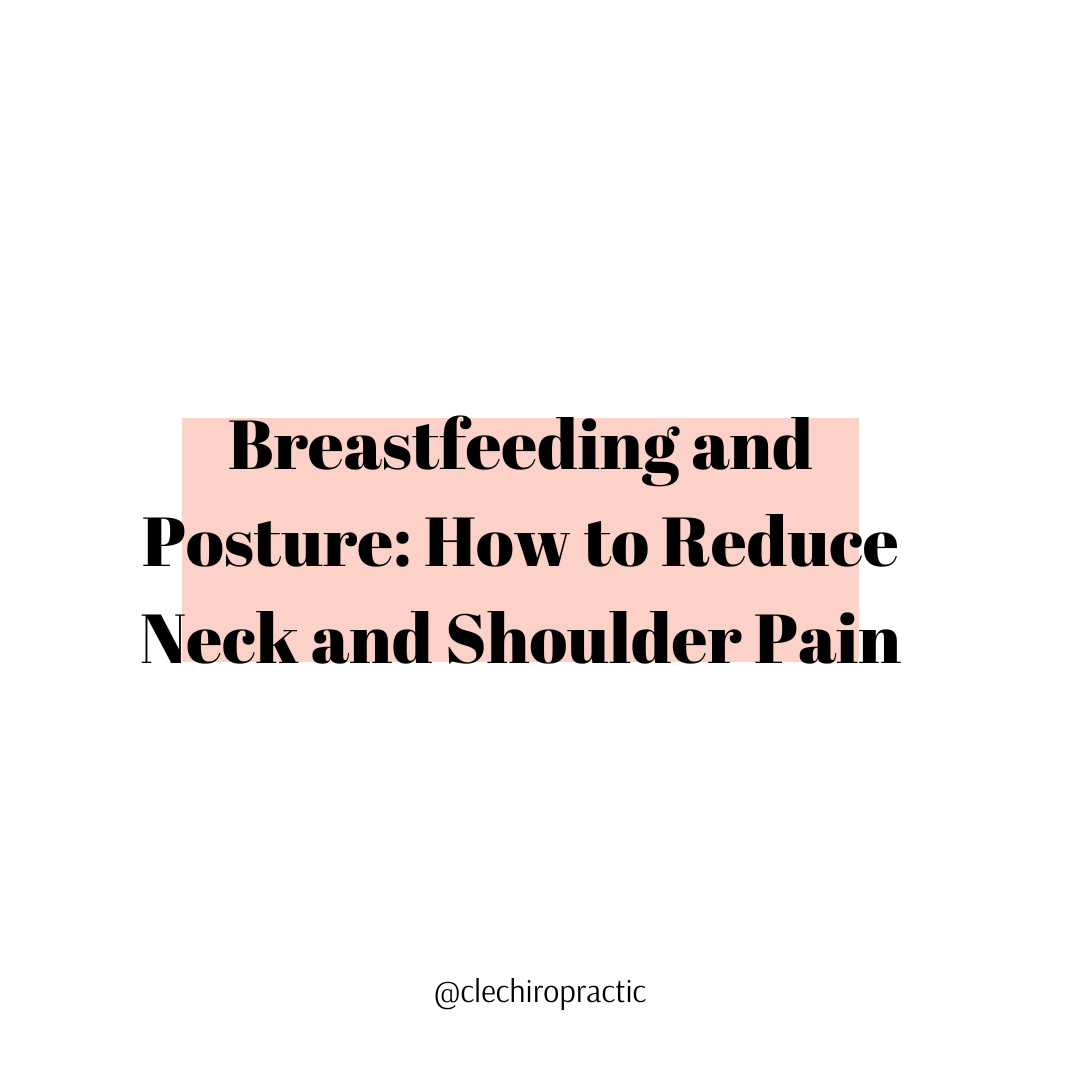The Wave of Light: Honoring Pregnancy and Infancy Loss
Every mother remembers the moment she first imagined holding her baby. For some, that dream unfolds just as imagined. For others, the journey of motherhood brings unexpected heartache, longing, and loss.
Like many other women, I dreamed of the day I would hold my sweet baby in my arms and embrace all that motherhood brings. Sadly, my first pregnancy ended before that dream came true. I never imagined that my own journey would begin this way.
That season of pain taught me that grief and growth often share the same space. My loss revealed emotions I had never felt before and brought healing I never expected. It was healing I did not even realize I needed. I learned so much about myself, motherhood, faith, and life, which has helped me and many others on our motherhood journeys.
Pregnancy and infant loss touch far more families than most realize. One in four women will experience this kind of loss, each with a story and a love that endures. Whether a mother held her baby in her womb or in her arms, that connection is real and forever.
Grief after loss is deep and personal. It can feel heavy, isolating, and unending at times. Please know that you are not alone, and that healing is possible.
My Story
When I experienced a miscarriage at the start of my second trimester, my heart shattered. I had dreamed of being a mom for as long as I could remember, and when I lost my baby, I felt like a part of me was gone too.
Healing took time, both for my body and for my heart. I leaned on my faith, my family, my friends, and my colleagues. Through that season of pain, I learned that grief and growth often coexist. My loss opened my eyes to emotions and experiences I had never known, and it deepened my compassion as a mother, a wife, and a doctor.
The following year, we were blessed with our rainbow baby, our first son, who brought light and joy back into our lives. A few years later, we welcomed our second son, another precious gift who has added even more joy, love, and laughter to our family. I am beyond grateful for my baby in Heaven and both of my boys here on Earth. Each one has shaped who I am and continues to remind me of the blessings that can follow heartbreak and challenge.
Finding Healing After Loss
There is no single path to healing, and there is no timeline. But here are some things that may help bring light into the darkness:
Allow yourself to grieve: Feel every emotion that comes, from sadness and anger to confusion and guilt. Healing begins when we allow ourselves to express what is in our hearts.
Lean on support: Whether it is family, close friends, or a support group, being surrounded by understanding hearts helps lighten the load and facilitates healing.
Find meaning and remembrance: Some parents plant a tree, create art, or wear jewelry that honors their baby. For me, planting a butterfly garden became a way to feel connection and peace: a living reminder that love continues to grow.
Seek spiritual connection: Books such as Spirit Babies helped me find comfort and healing when I needed it most. Faith is important to me and was a vital part of my healing. Trust your intuition to find what brings you peace.
The Wave of Light
On October 15 at 7:00 PM, families all over the world will light a candle in honor of Pregnancy and Infant Loss Remembrance Day. This collective moment of love, known as The Wave of Light, symbolizes the unity of hearts across the globe remembering babies gone too soon.
We invite you to join us in lighting a candle wherever you are. Whether you have experienced loss yourself or are standing in support of a loved one, your light matters. Together, we can bring warmth, remembrance, and hope.
If You Need Support
If you or someone you know is walking through the pain of loss, please remember that you do not have to navigate it alone. Our team is here to support you with gentle, holistic care as you heal: body, mind, and heart.
To all the mothers and families who carry this kind of love and loss, our hearts are with you.
With love and light,
Dr. Abbey





